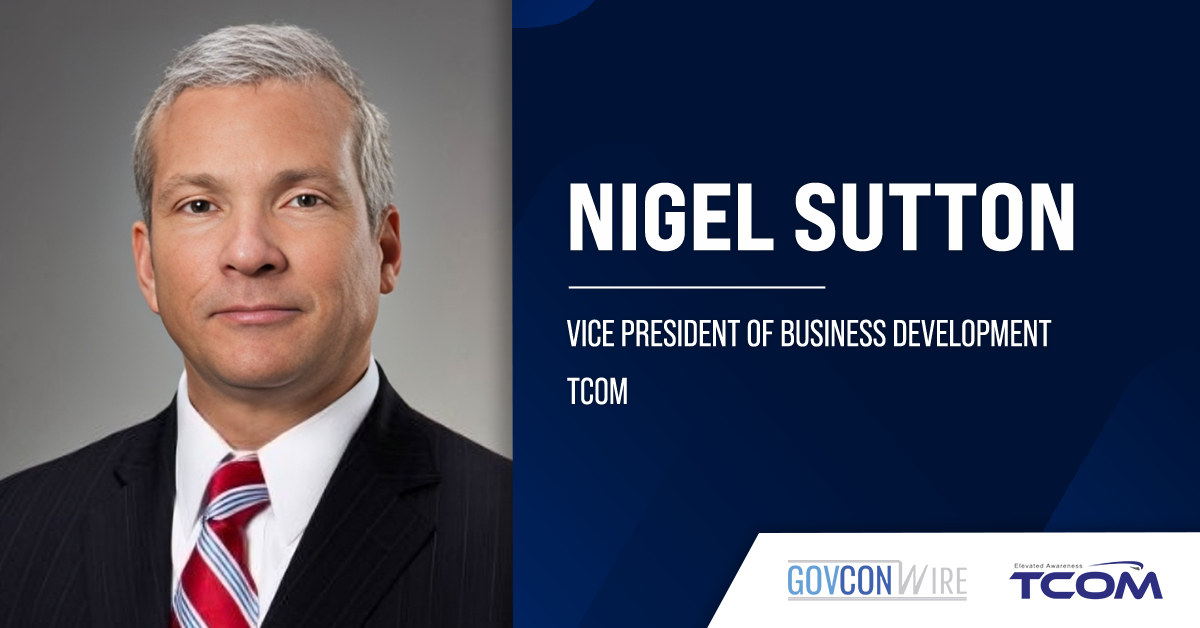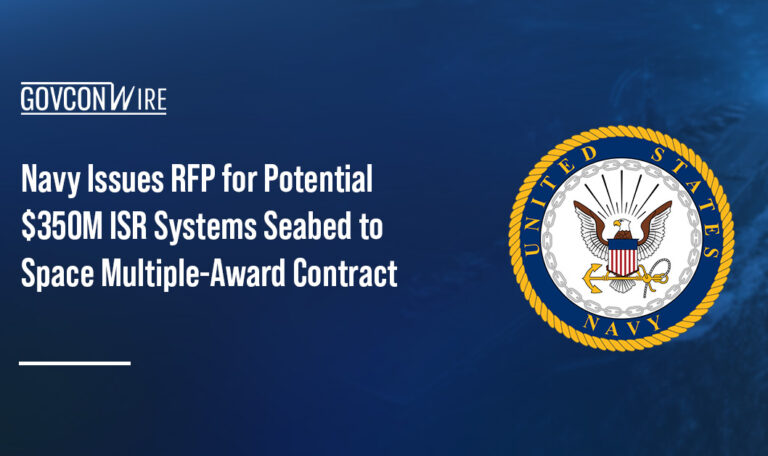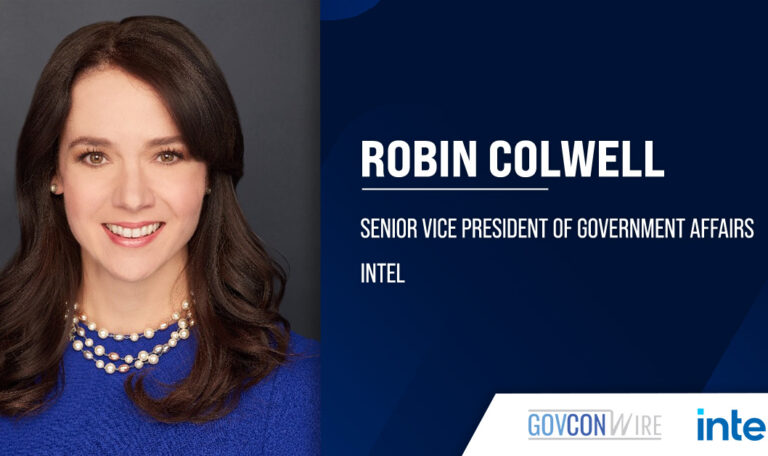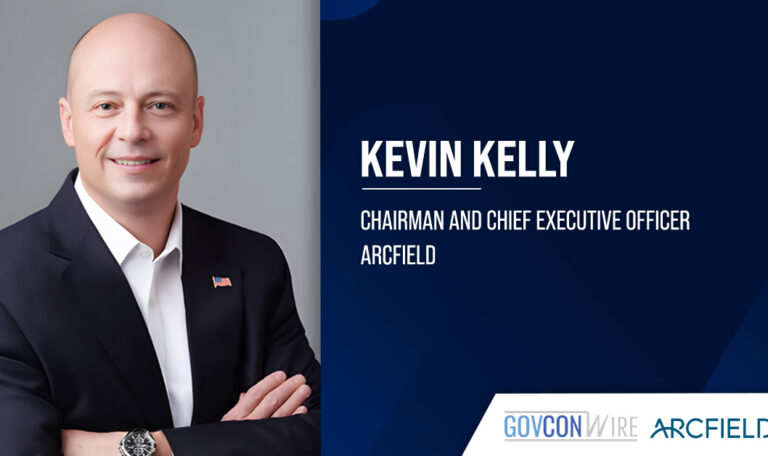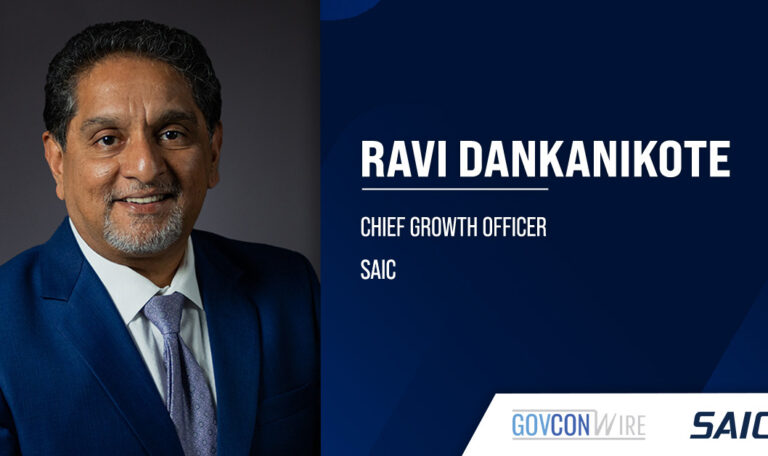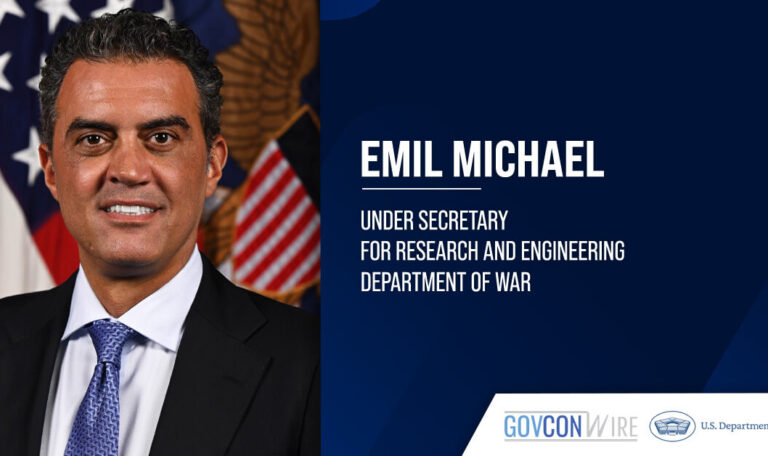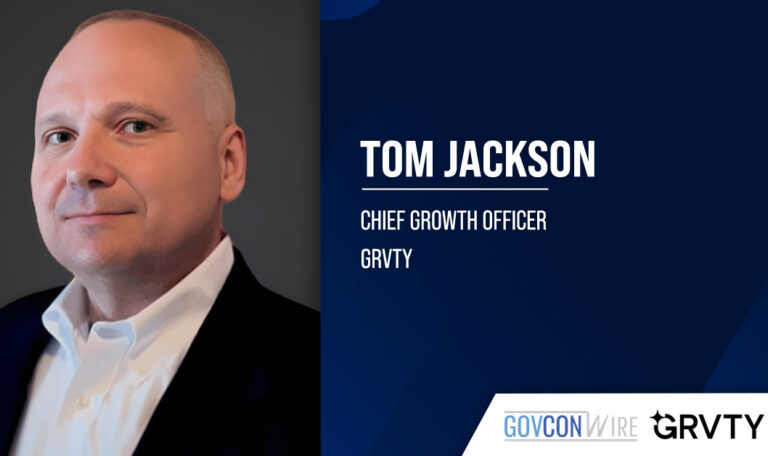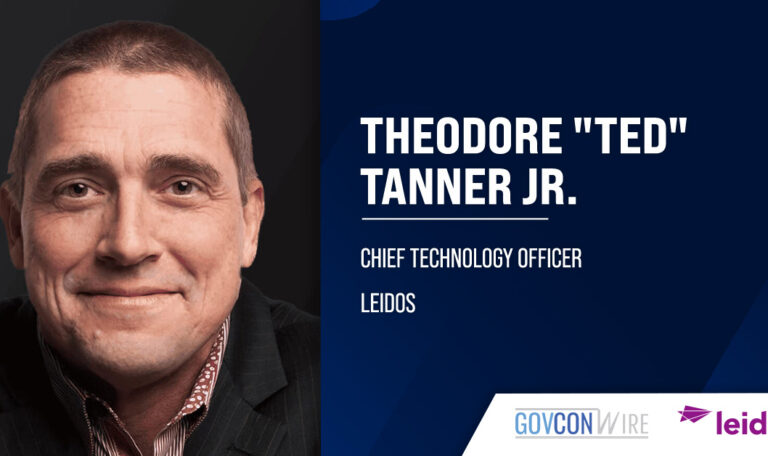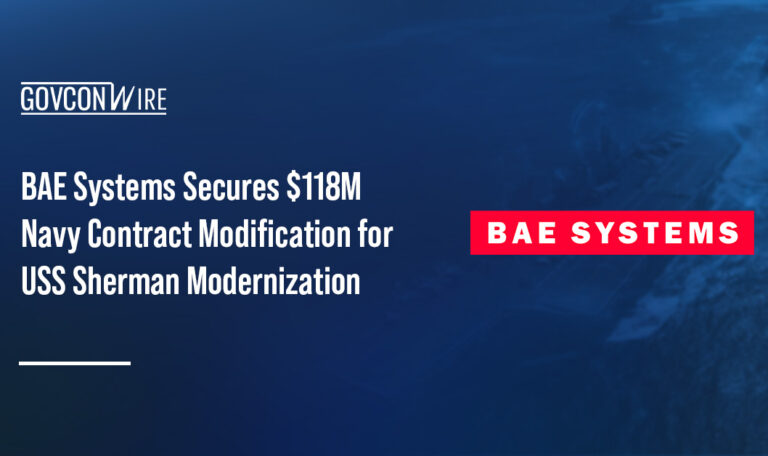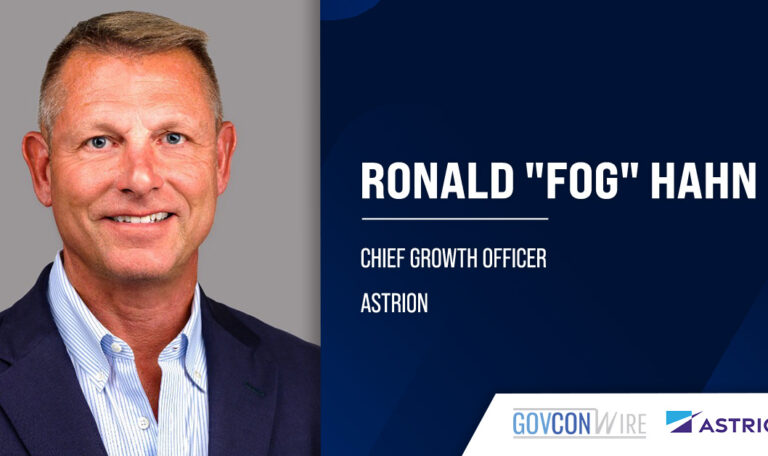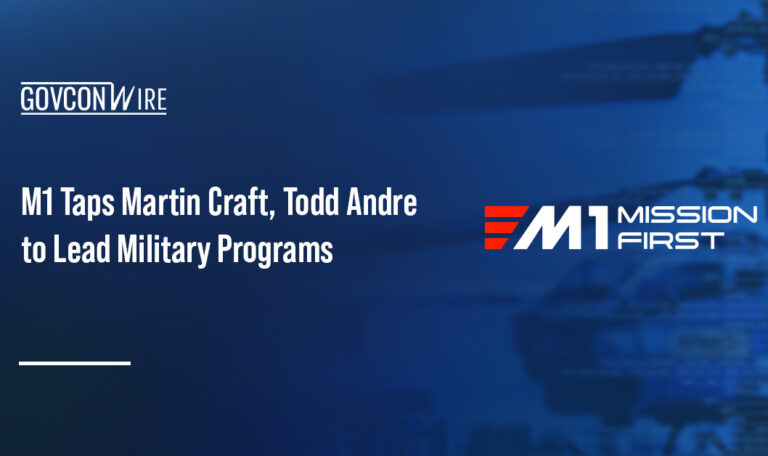Unmanned aerial systems, or UAS, have become essential assets across the defense landscape. In this Executive Spotlight interview, TCOM Vice President of Business Development Nigel Sutton shared how the company’s partnership with Aerostar and Equinox is changing the game for ISR missions and transforming how the government deploys UAS.
Sutton brings deep government and industry expertise to his role at TCOM. He was previously a BD VP for General Motors, a State Department’s Defense Trade Advisory Group member, a VP at AeroVironment, and more. Read below for Sutton’s full interview.
GovCon Wire: Can you explain how TCOM and its newly integrated solutions from Aerostar and Equinox create a new value proposition for the U.S. Army and allied governments?
Nigel Sutton: TCOM’s integration with Aerostar’s HABs and Equinox’s tactical drones expands its existing portfolio of persistent ISR solutions, delivering a multi-layered, multi-domain approach to intelligence, surveillance, and reconnaissance. This combination allows TCOM to provide surveillance coverage from ground level to the stratosphere, ensuring comprehensive situational awareness across various environments.
By incorporating Aerostar’s HABs, which offer long-duration ISR at extreme altitudes, TCOM can deliver persistent coverage for up to 90 days, reaching altitudes above 65,000 feet. This strategically monitors large areas, even in hostile or denied environments. Meanwhile, Equinox’s drones add a tactical dimension, allowing for rapid deployment and precision ISR in dynamic scenarios. These drones complement the long-endurance aerostats and HABs by providing quick, real-time surveillance for localized missions.
This integration offers a new value proposition for the U.S. Army and allied governments by delivering enhanced persistence. Long-duration ISR platforms reduce the need for costly redeployments, ensuring continuous coverage. It also offers scalability and flexibility. The integrated solutions can adapt to various mission requirements, from tactical battlefield operations to strategic, wide-area surveillance.
The integration also supports resilience in contested environments. The combination of high-altitude and ground-level systems offers robust, survivable ISR capable of operating in high-threat areas where other systems might be compromised. And then there’s the cost efficiency it provides. TCOM’s solutions are affordable compared to manned aircraft and satellites, giving scalable local and global operations options. This creates a force multiplier for the U.S. Army and allied governments, offering unmatched ISR capabilities critical for modern, multi-domain operations.
GCW: How does TCOM’s approach to ISR differ from traditional aerial surveillance systems?
Sutton: Traditional systems, such as manned aircraft, have limitations in flight endurance and cost. By contrast, TCOM’s platforms, particularly aerostats and HABs, provide persistent ISR, staying operational longer without requiring redeployment. Flying assets must return to base, but aerostats can stay in the air for 30 days, while HABs can stay up for 90 days. This long-endurance capability significantly reduces costs while offering continuous surveillance over vast areas. TCOM’s systems also integrate with tactical drones from Equinox, enhancing real-time situational awareness and response.
GCW: What makes TCOM’s ISR solutions cost-effective and scalable?
Sutton: TCOM’s systems are designed for scalability and affordability. Aerostats and HABs offer persistent ISR at a fraction of the operational cost of manned aircraft or satellites. Their modular design allows for scalability — from small, man-portable platforms to large systems covering vast geographic areas. Paired with Equinox’s drones, these platforms offer a cost-effective solution that can meet the needs of both localized tactical missions and large-scale strategic operations.
GCW: Where does TCOM operate, and how has it proven its ‘Surface to the Stratosphere and Beyond’ concept in real-world deployments?
Sutton: TCOM, LP operates across multiple regions, delivering ISR solutions to military and homeland security clients worldwide. In the United States, TCOM’s aerostats have been integral to border surveillance operations, particularly along the southern U.S. border, where they’ve been used to detect and deter illegal activities like drug trafficking. These platforms have also supported military bases, offering persistent situational awareness in conflict zones.
Internationally, TCOM has a proven track record in the Middle East, where its aerostat systems have been deployed for long-endurance ISR in complex environments. Additionally, TCOM’s systems in Europe are part of air and missile defense architectures, particularly in countries like Poland, where aerostats contribute to air and missile defense operations. These platforms have also been critical in supporting the defense of key areas in the Indo-Pacific, including strategic locations like Guam, where they provide early warning and communications resilience.
TCOM’s global operations demonstrate the versatility and effectiveness of its ‘Surface to the Stratosphere and Beyond’ concept, ensuring persistent surveillance and operational support across diverse environments and threat landscapes globally, wherever C5ISR is needed.
GCW: How do Equinox’s drones complement TCOM’s ISR platforms?
Sutton: Equinox’s drones bring tactical agility to TCOM’s ISR architecture by offering quick-response capabilities for dynamic, on-the-ground missions. While aerostats and HABs provide long-duration, wide-area surveillance, Equinox’s drones can be rapidly deployed for real-time surveillance and precision ISR in urban and battlefield environments. This combination ensures that TCOM’s solutions cover all operational needs, from strategic surveillance to tactical, on-the-ground support.
GCW: What are the advantages of using TCOM’s tethered UAS compared to other unmanned systems?
Sutton: Tethered UAS provides the persistence of aerostats with the flexibility of drones. These systems offer up to 30 endurance days and can carry multiple payloads, including communication relays, cameras, and electronic warfare tools. Unlike free-flying drones, tethered UAS can remain operational for extended periods, delivering continuous real-time data without frequent recharges. This makes them ideal for missions that demand long-duration surveillance and high mobility.


